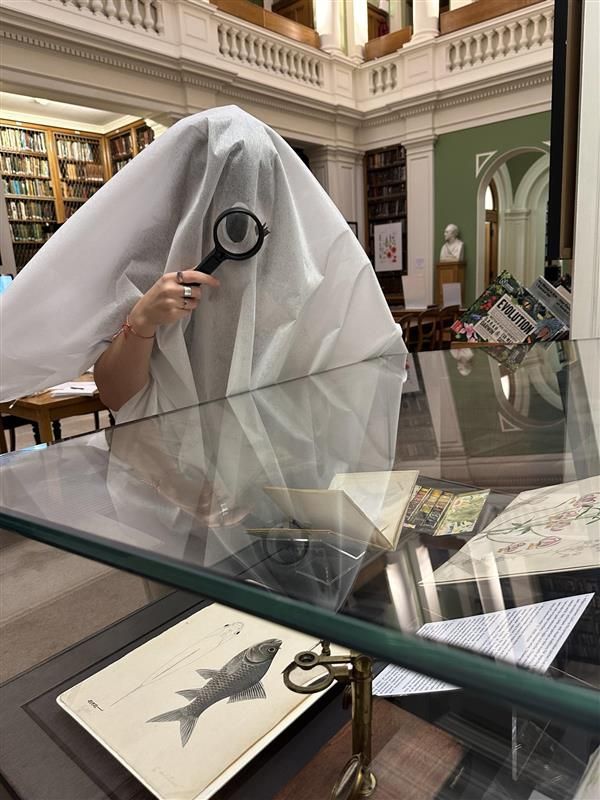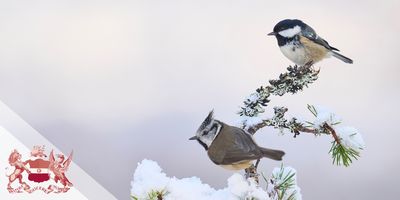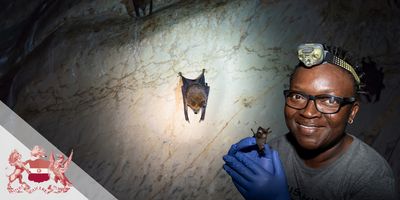Biological Journal of the Linnean Society
@biojlinnsoc.bsky.social
1.4K followers
540 following
90 posts
Highlighting ground-breaking science, news and key papers from the Biological Journal of the Linnean Society, the world's oldest scientific journal dedicated to biological science.
Blog: https://www.linnean.org/news/categories/the-paper-trail
Posts
Media
Videos
Starter Packs
Pinned
Reposted by Biological Journal of the Linnean Society
Reposted by Biological Journal of the Linnean Society
Reposted by Biological Journal of the Linnean Society
Reposted by Biological Journal of the Linnean Society

















